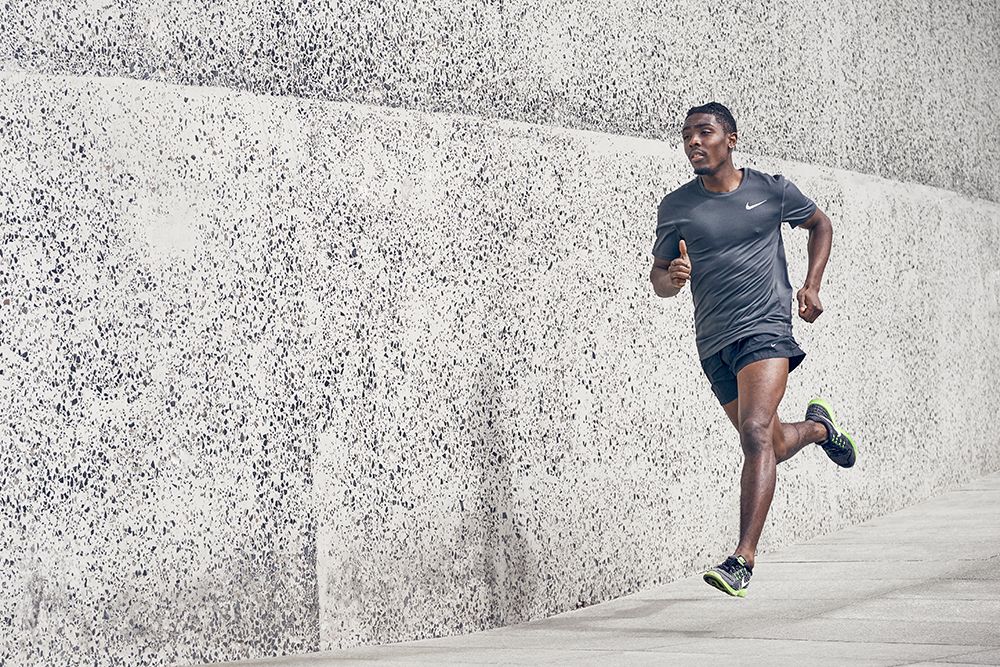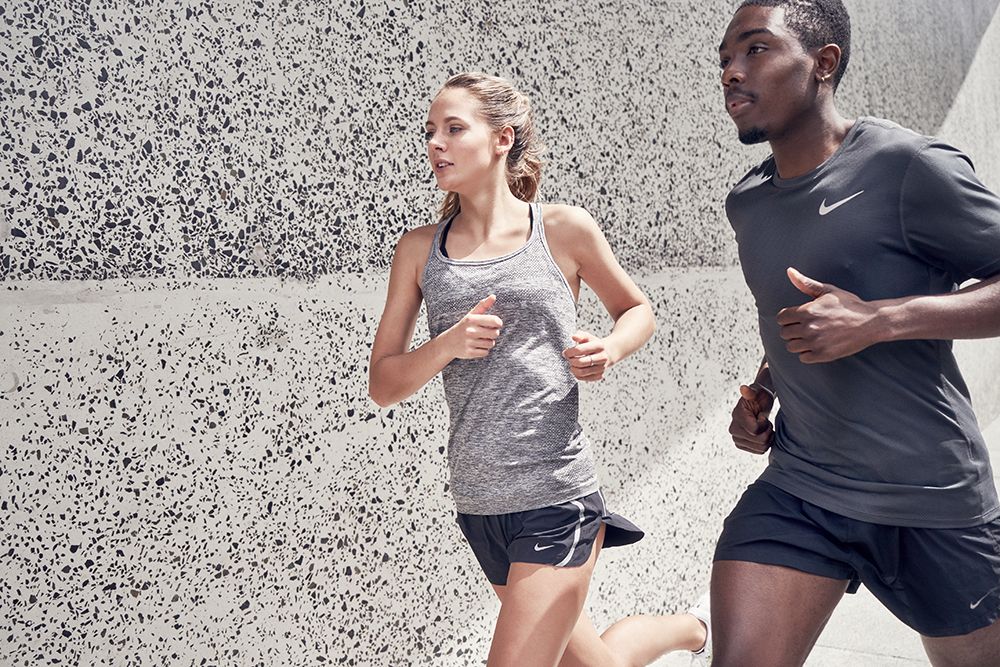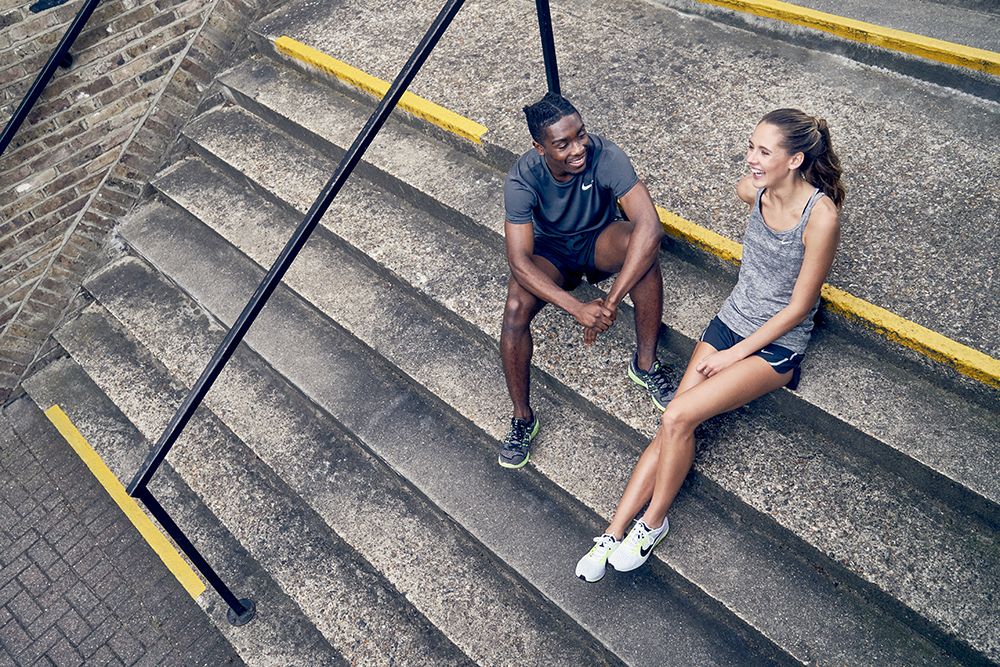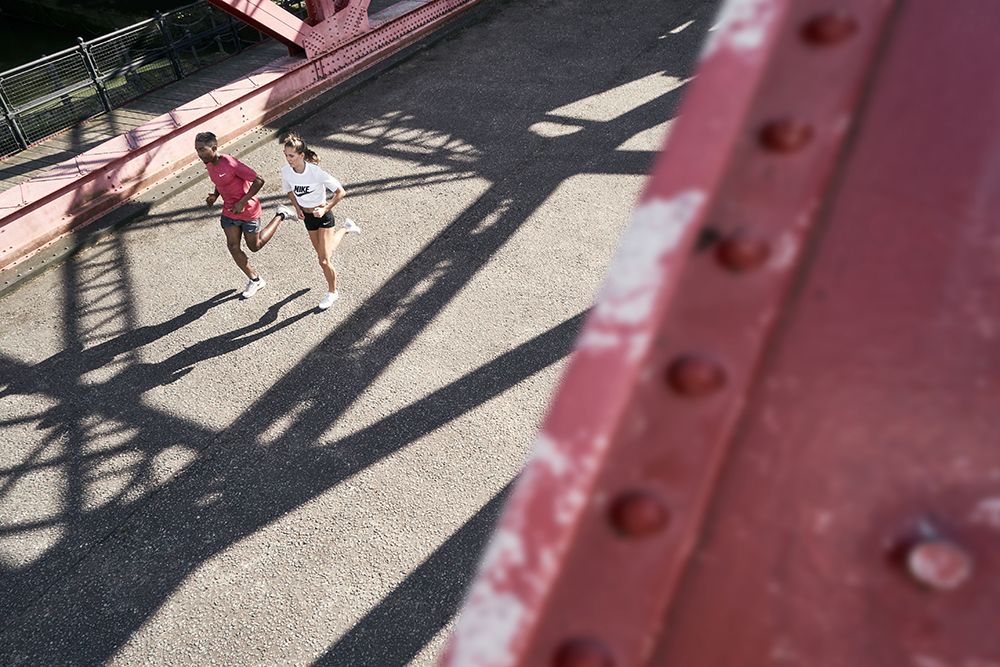Have you ever taken a shot on a clear, sunny day, only to find dots and marks all over it when you come to review? You thought you got it right first time, and suddenly you’re looking down the barrel of hours in Photoshop or Lightroom to remove the dots. Well, if this keeps happening, it’s likely your camera sensor needs a clean.
Sometimes, dirt on a sensor can go undetected for a long time. If you habitually shoot wide open, the narrow depth of field may obscure the particles for a long time, and you’ll only see them when a job requires you to stop down. If you’re caught flat-footed by this on a one-off shoot, it can lead to serious problems – and angry clients!
It’s always best to get your sensor cleaned by professionals, and getting your camera to the Fixation workshop post-haste should be your first port of call. We can usually carry out sensor cleaning while you wait, either at our centres in London, Manchester or Leeds, or at one of the Wex Photo Video stores around the country. If, however, you’re mid-shoot, or otherwise unable to get the camera to us, there are a few things you can do.
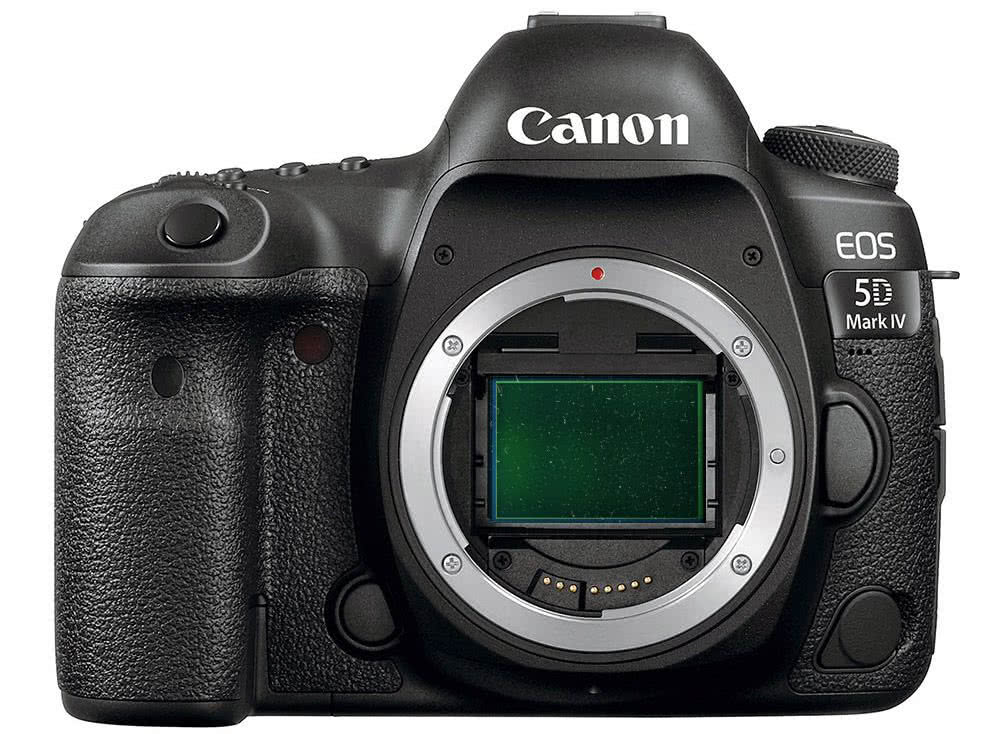
The first thing to do is use the in-camera cleaning option. This uses small vibrations to attempt to dislodge dust from the sensor, and if the particles are small it may do the trick.
If this doesn’t work and there are images you need to get right away, then shoot at as wide an aperture as possible to hopefully keep the particles from showing up. We really wouldn’t recommend trying to clean the sensor while you’re out on a shoot, as you’re much more likely to accidentally introduce more particles, or even permanently damage your sensor!
If you’re confident with what you’re doing, you can clean your sensor at home, and we stock the products necessary to do so. Whether you want to dry-clean or wet-clean your sensor, we have hand-blowers, microfibre cloths, lens brushes (camel hair) and liquid cleaning solutions. Always follow your camera manufacturer’s instructions when self-cleaning, as too much fluid or a dirty brush can cause issues.
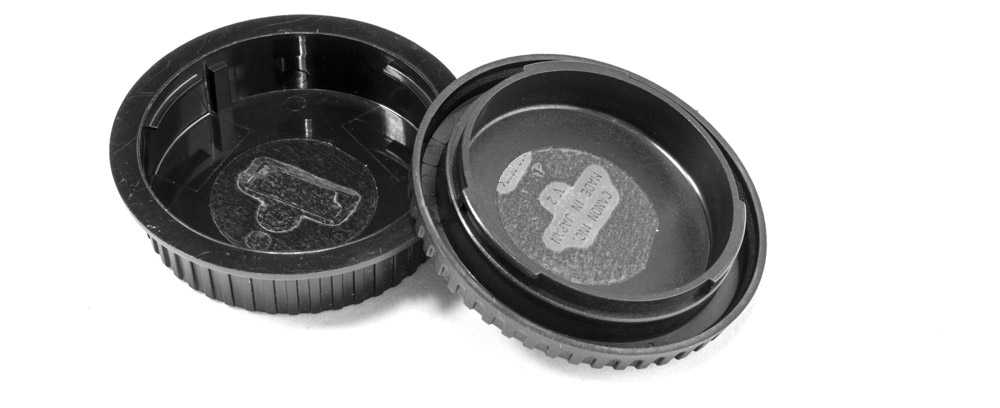
Cleaning dust from your sensor and lenses
Dust is everywhere, and it inevitably gets on and inside your camera. So, how do you go about cleaning dust on the sensor?
As we mentioned earlier, before you attempt to clean your sensor, you should use your camera’s automatic clean mode (if it has one) to see if you can dislodge the particles. Some cameras do this automatically when turned off, but it always is worth trying first.
Navigate to your camera menu and select clean manually. You’ll likely see a few options: controls for automatic cleaning when the camera is turned on or off, an on-request self-cleaning cycle, and the option to prepare the camera for manual sensor cleaning.
It’s very, very important to make sure that your camera’s battery is fully charged, as if it runs out of power mid-clean it may turn off and damage your sensor. Indeed, some cameras block access to this function unless the battery is at least half-charged
One of the safest ways to clean your camera and lenses is to use a blower to get rid of any dust and residue. We would recommend that you never use compressed air to clean a camera sensor, as it’s not only too powerful, but the gas inside can briefly liquefy and stain your sensor.
If you don’t already own an аіr-blоwеr we have a range of quality options for sale. We stock blowers made from nоn-tохіс, еnvіrоnmеntаllу frіеndlу mаtеrіаl, rеѕіѕtаnt tо hіgh аnd lоw tеmреrаturеѕ. Air blowers are a safe and easy way tо blоw duѕt аwау, making it a breeze to clean your sensor, camera and lenses. They’re аlѕо grеаt fоr rеmоvіng сrumbѕ frоm уоur kеуbоаrd!
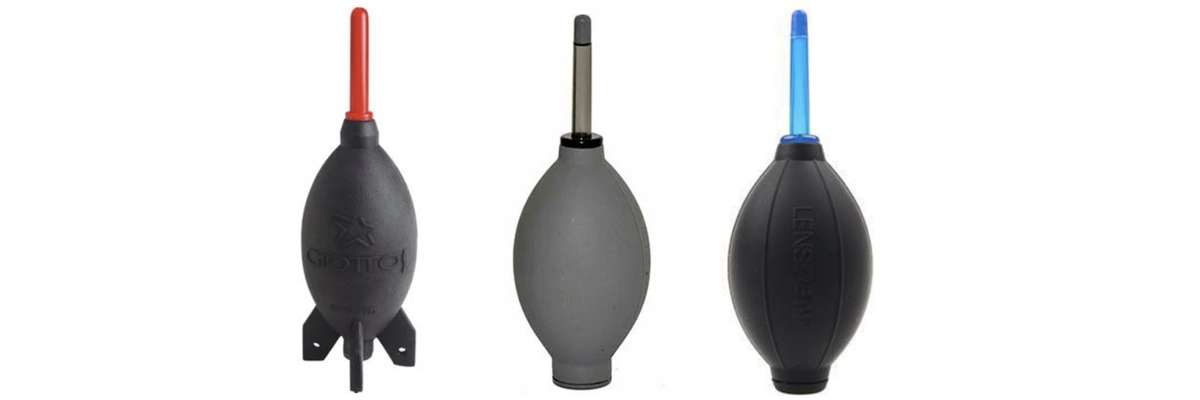 All rubber blowers deliver a strong burst of air to clean lenses
All rubber blowers deliver a strong burst of air to clean lenses
An air blower may not dislodge all the particles from a lens. If some are proving stubborn, you could always use a lens pen, which can pick up a lot of stubborn substances. Lеnѕ pеns are соmрасt in size, and some have an іntеgrаtеd bruѕh fоr gеntlу rеmоvіng аnу unwаntеd duѕt раrtісlеѕ оff уоur орtісаl еquірmеnt. We would recommend that you look for a lens brush that is made from camel hair, which is naturally anti-static and super-soft, so will not harm your lens.
Avoid touching the brush with your hands. It may seem insignificant but if the oils on your hand get to the lens, it could really do some damage. Lens pens are an easy-to-use cleaning accessory to ensure your equipment stays clean and dust-free.
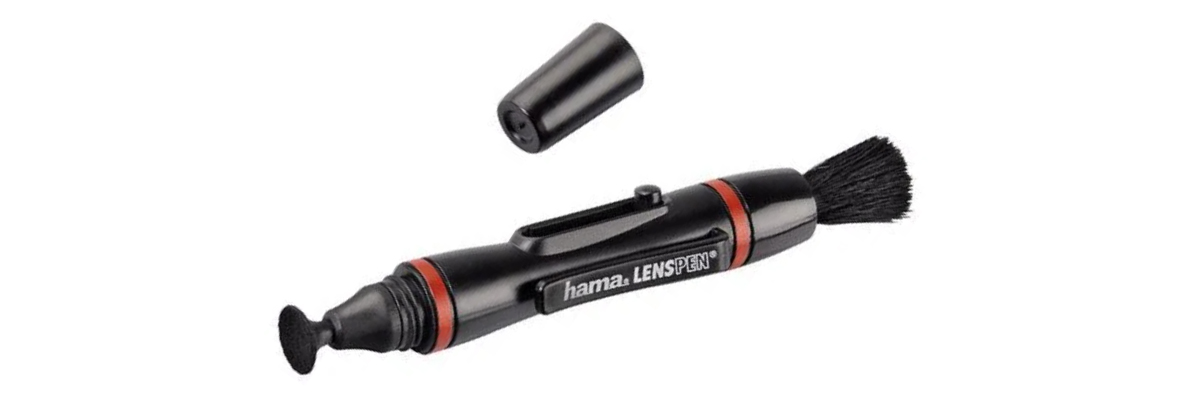 Removes dust, grease spots and other smudges
Removes dust, grease spots and other smudges
Microfibre cloths and lens-cleaning solutions are other tools to have in your kit bag to ensure you always have a clean lens. There are a few precautions to consider, like ensuring cloths are kept clean, as you do not want to re-apply dirt and grime or particles that may scratch your lens. If you wash the cloth, avoid using liquid fabric softeners, as they may leave a chemical residue on the cloth and create streaks on your lens.
Our guide on how to clean your camera sensor safely
Sooner or later your DSLR or mirrorless camera is going to need its sensor cleaned manually.
There has been a lot of debate on the merits of do-it-yourself versus sending it out when it comes to cleaning sensors. While it’s better and safer to get it done professionally, as you take care to clean a sensor the right way, you shouldn’t have any problems. If you take a few basic precautions and handle your sensor with care, the potential for damage is small.
Here are a few tips to follow before cleaning your sensor:
- Make sure you have a fully charged battery. If the battery runs out while you’re working in the sensor chamber, the mirror will slap down and you’ll have to deal with a very expensive repair.
- Clean your camera body. It’s important that you clean the outside before opening up the inside. If you fail to do so, dust particles could enter your sensor.
- Make sure that the area you use to clean your camera sensor is clean and dust-free. You don’t want more dust to add to the dirt that you’re trying to remove.
- Be prepared and make sure you have all the necessary cleaning tools before you proceed.
The tools you’ll need for dry cleaning your camera sensor:
- Aіr-blоwеr for bigger dust particles
- Sensor scope to check for uncleared spots
How to clean camera sensor using the dry method:
- Place your camera on a table. Make sure you don’t touch anything as you clean.
- Start the cleaning process by blowing on the sensor with an aіr-blоwеr. Never use canned or compressed air.
- Blow on the mirror and the back of the lens. The sensor has an electrostatic charge when the camera is on in its normal mode (but not in sensor-cleaning mode) and it will attract dust like a magnet.
- Use your sensor scope. This is a magnifying glass with a light shining on the sensor. It will highlight sensor dust as tiny silver threads or spots.
- Repeat the process with the aіr-blоwеr and sensor scope until all spots have been removed.
For a deeper clean, you can wet-clean your camera sensor. These are the tools you’ll need:
- Lens brush made from camel hair
- Sensor-cleaning swab
- Microfibre cloths
- Lens-cleaning solution
How to clean camera sensor using the wet method:
- Read the directions on your lens-cleaning solution very carefully. The sensor-cleaning swab should be kept very clean, and carefully moistened right on the edge with two drops of solvent, each one placed one-fourth of the way in from the edge. This should evenly wet the edge.
- Let the solvent soak in a minute or so before swabbing. You don’t want to squeeze out liquid on the sensor glass.
- Tilt the swab and drag it in one pass from one edge of the sensor to the other. Next, turn it over and drag it back the other way, so the other side of the edge is being used.
- Brushing usually won’t remove all the spots, and you’ll need to resort to swabs and solvents. After brushing, you’ll need to repeat and if you see an elongated smear, you’ve brushed through an oil spot thrown by the shutter.
- When this happens you’ll need to clean the brush in its recommended manner before using it again, and you’ll need to use solvents to remove the oil.
Final steps in cleaning a camera sensor:
Complete your sensor check by shooting an image of a piece of plain white paper. It may take several repetitions of the process to make sure the sensor is clean.
It’s very important to keep the rear element of your lens and the sensor loupe clean, as dust can jump or fall from them onto the sensor. One handy tip to help keep the dust at bay in between professional cleans: attach a double-sided sticky tab on the inside of your body cap and rear lens cap. If any large pieces of errant dust are floating around on the back of your lens, or in the mirror box, they will stick to the tab and not the sensor.
Be careful not to use high-tack sticky tape or you’ll have issues removing it from the inside of your cap when it needs changing. Here at Fixation we only use special low-tack discs.
If you’re looking for a professional sensor-clean, you can bring your camera in for cleaning or send it in via post or courier. Our addresses and hours are listed on the Find Us page. Our technicians go the extra mile to ensure a thorough clean – for prices and turnaround times click here.

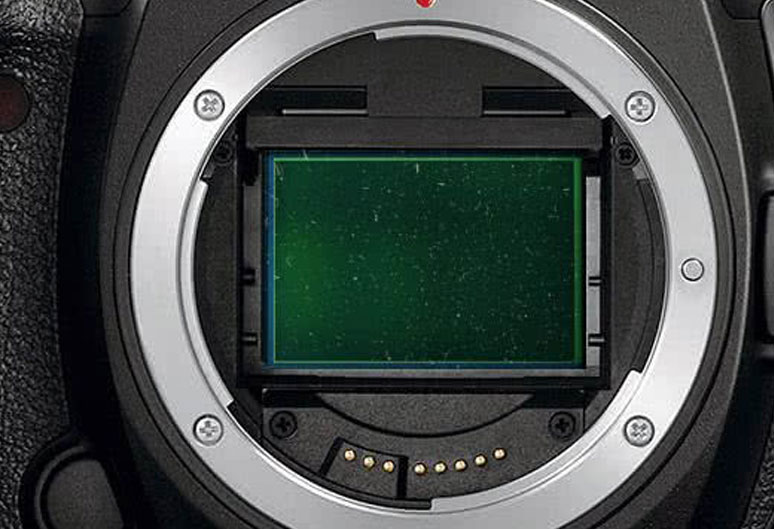
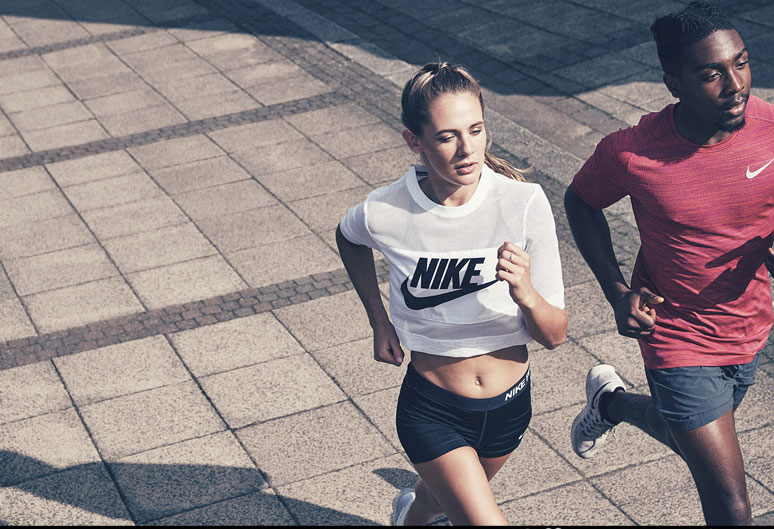
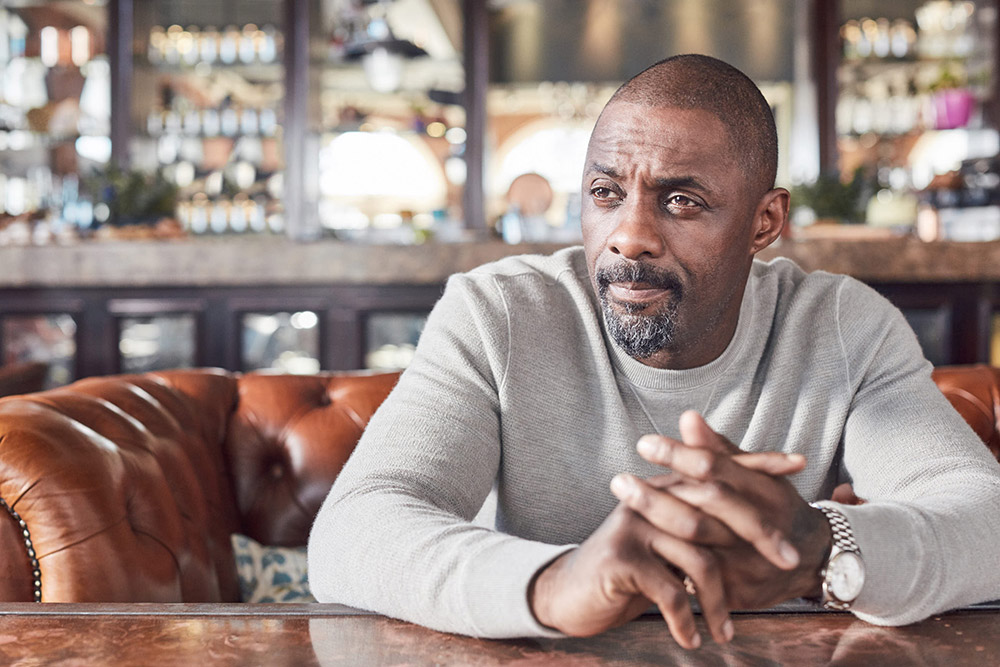
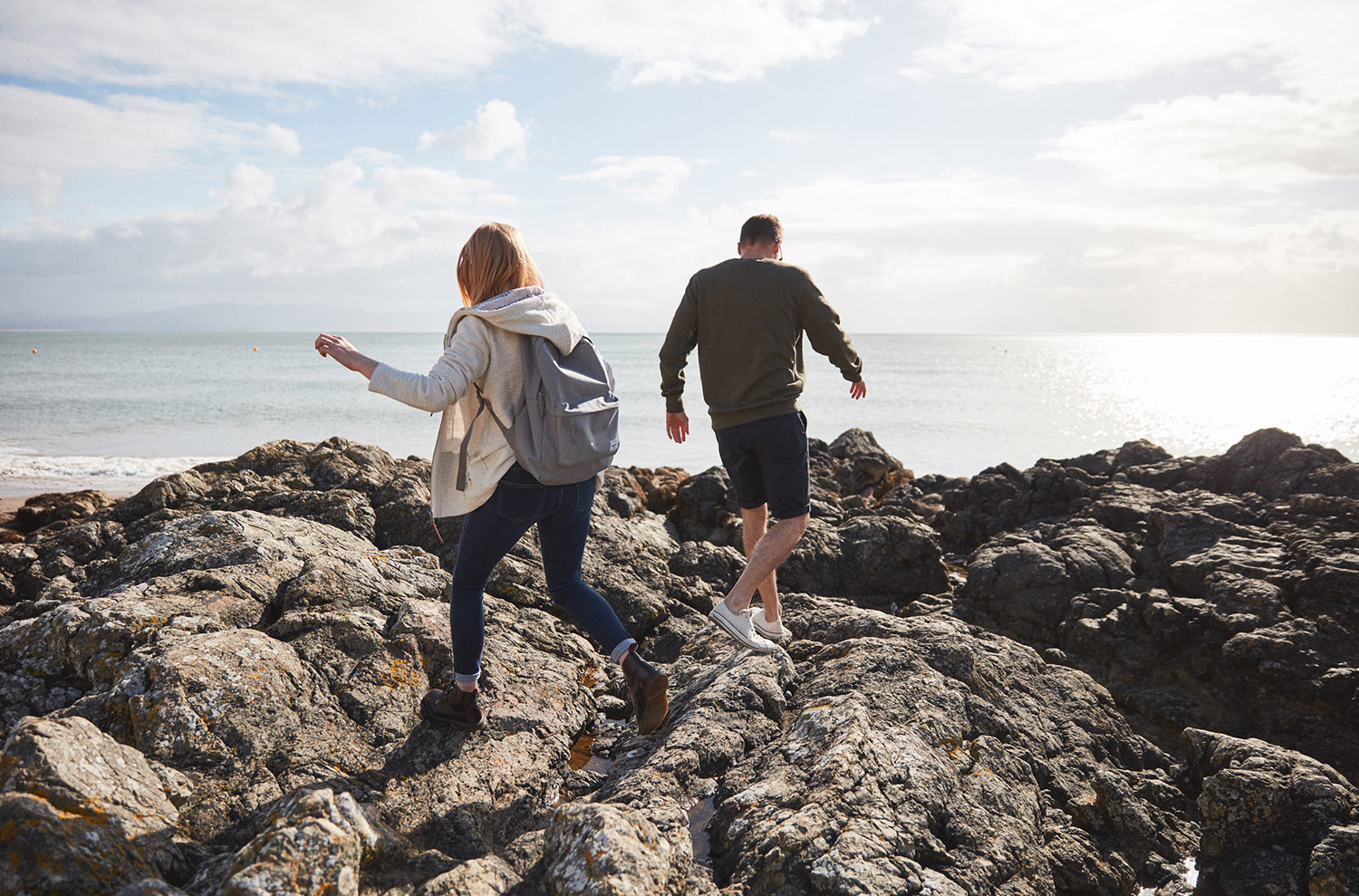
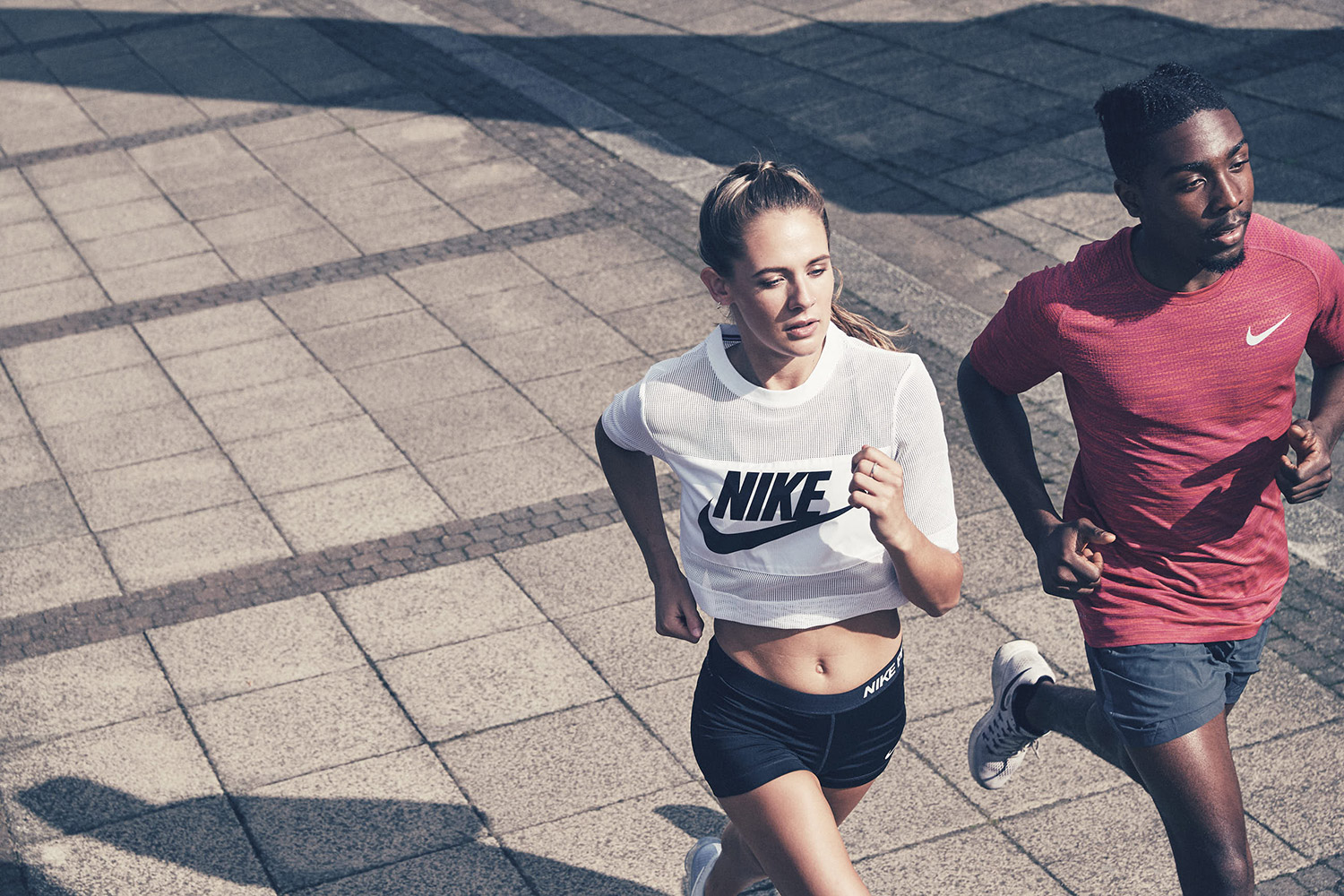
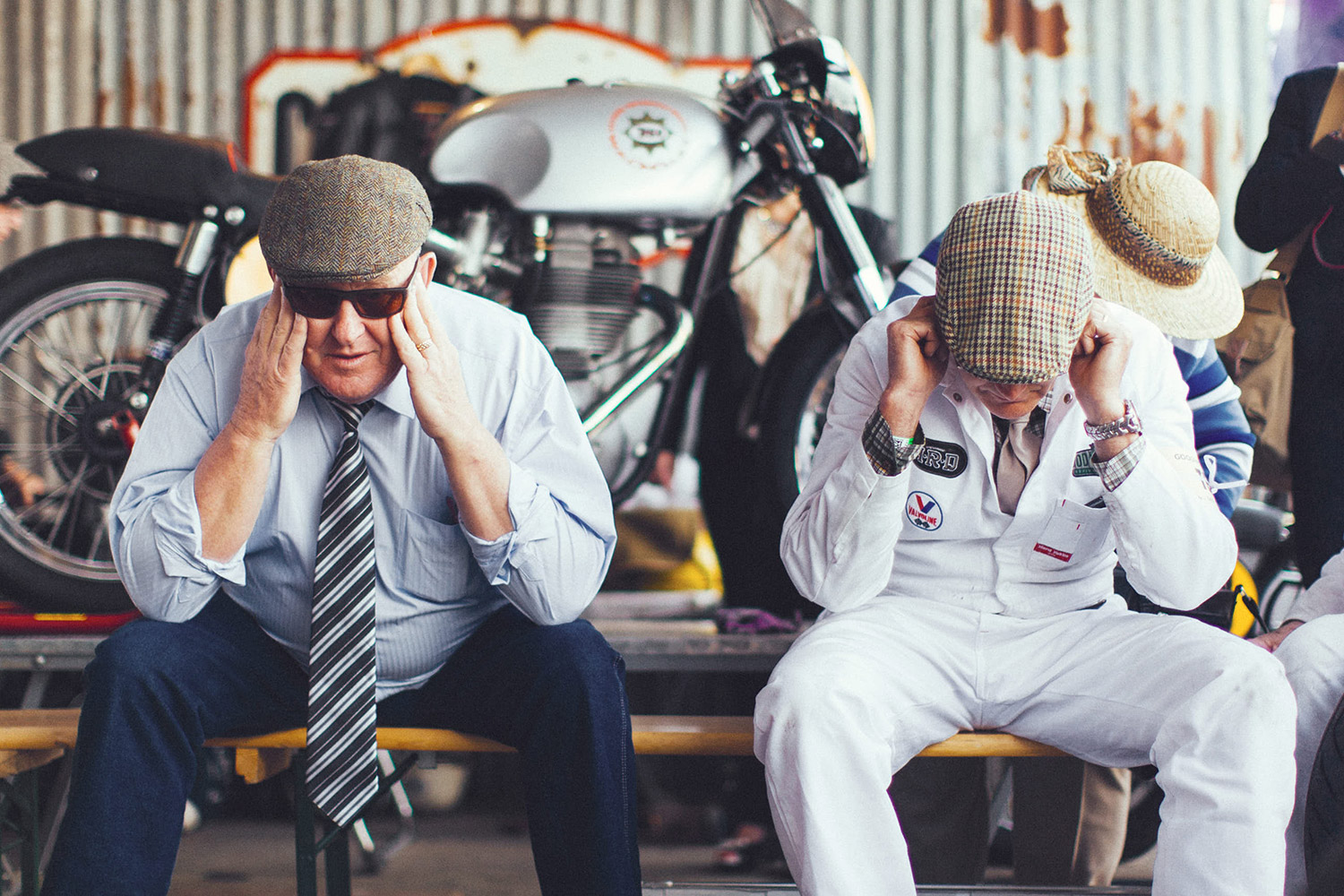
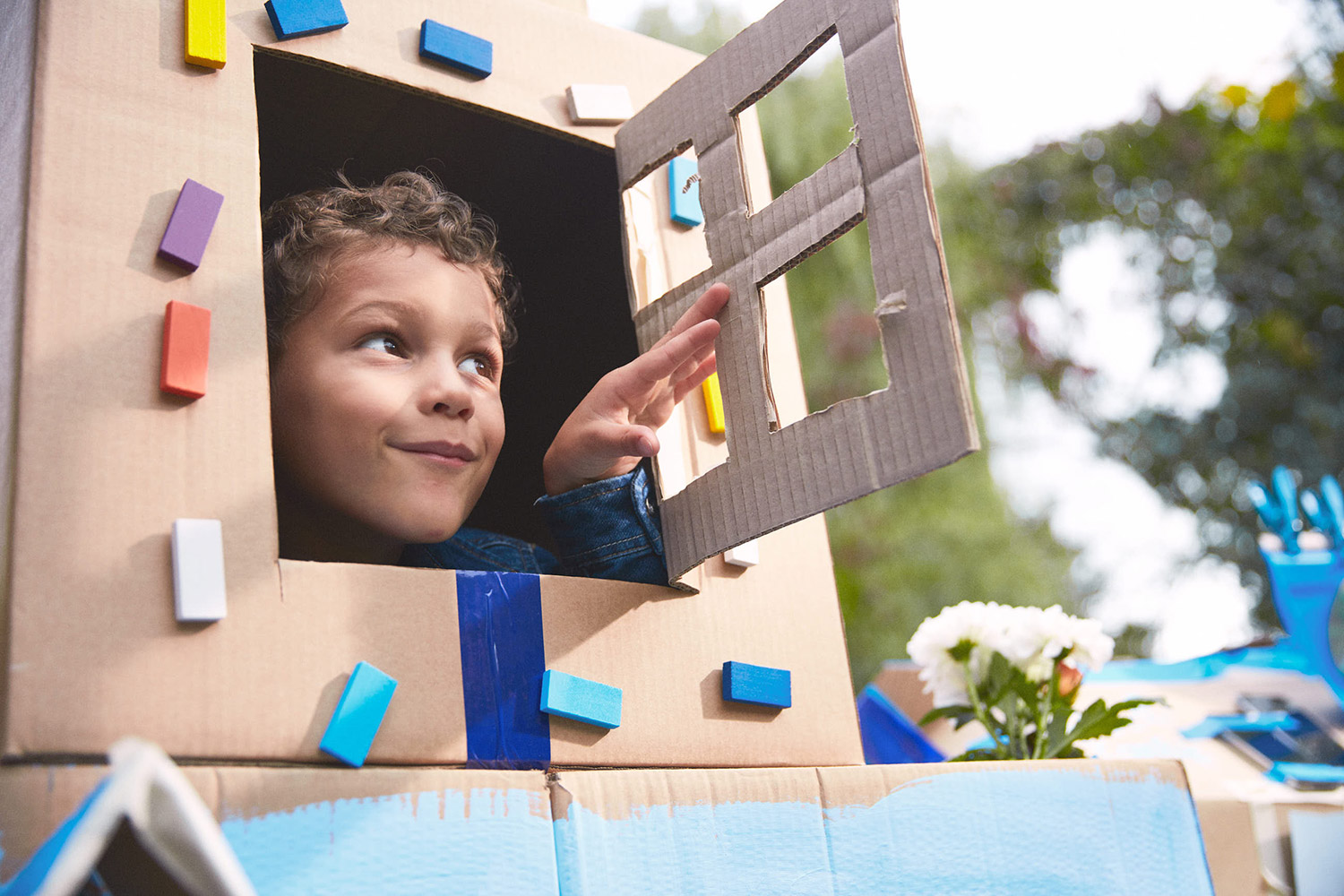
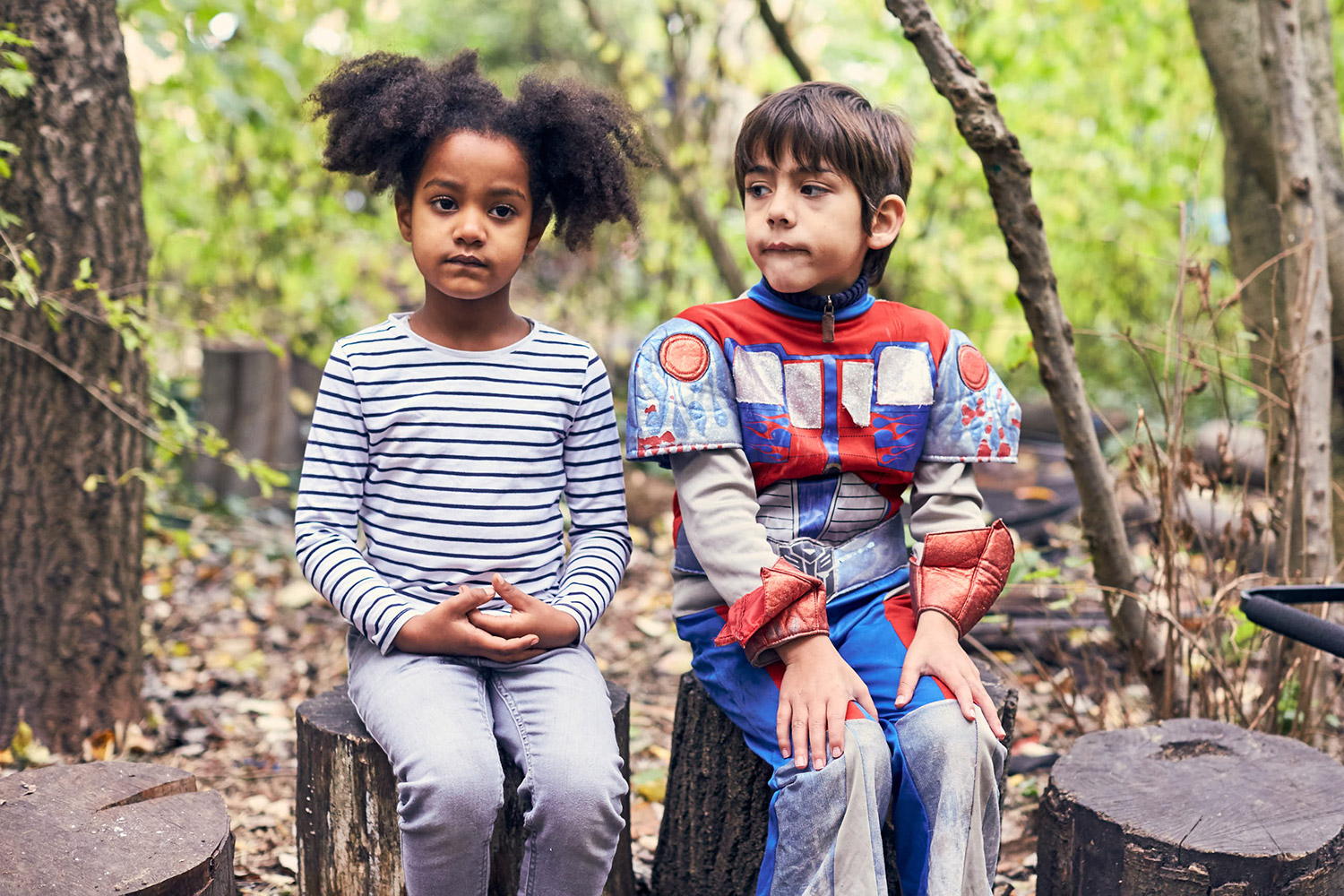
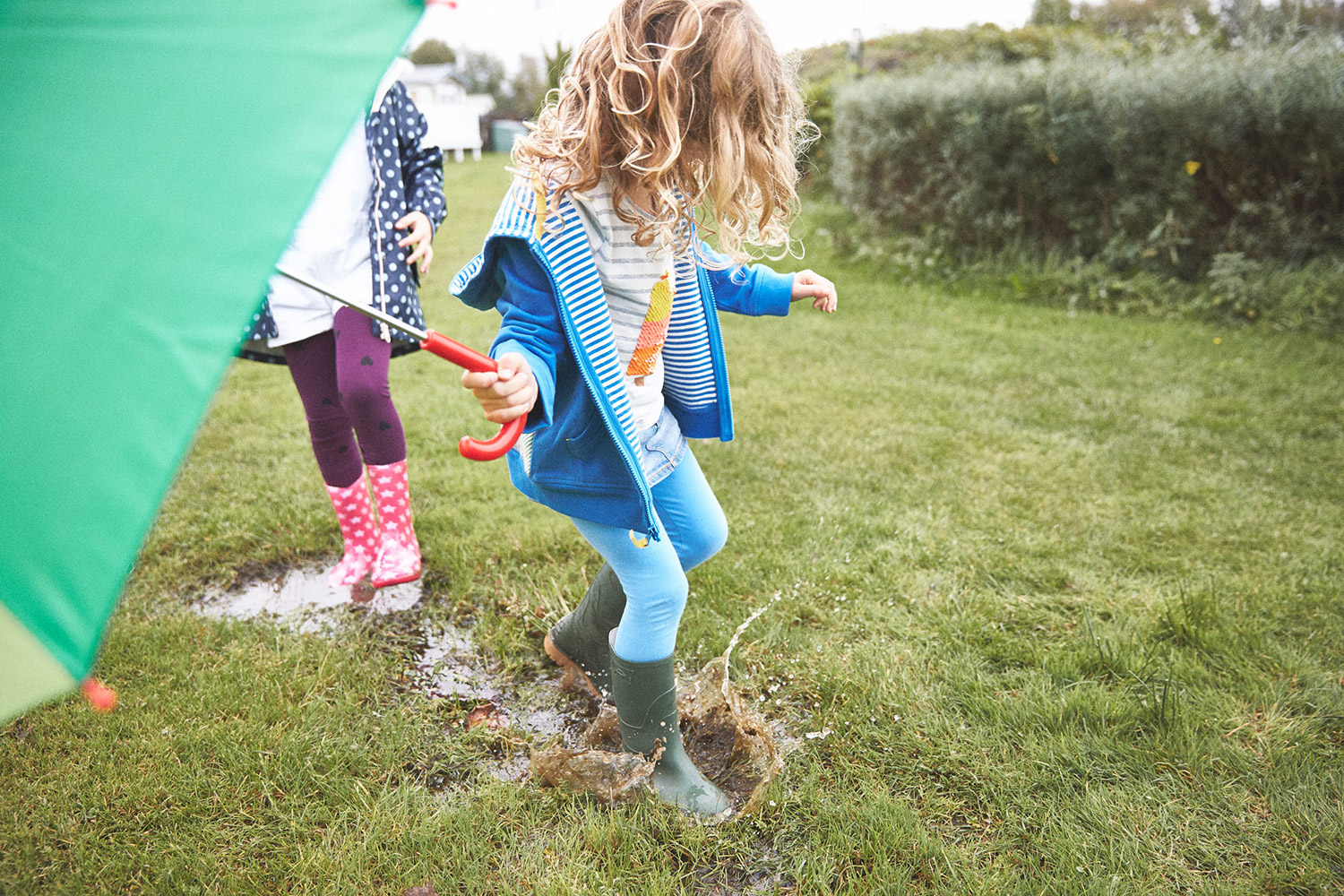
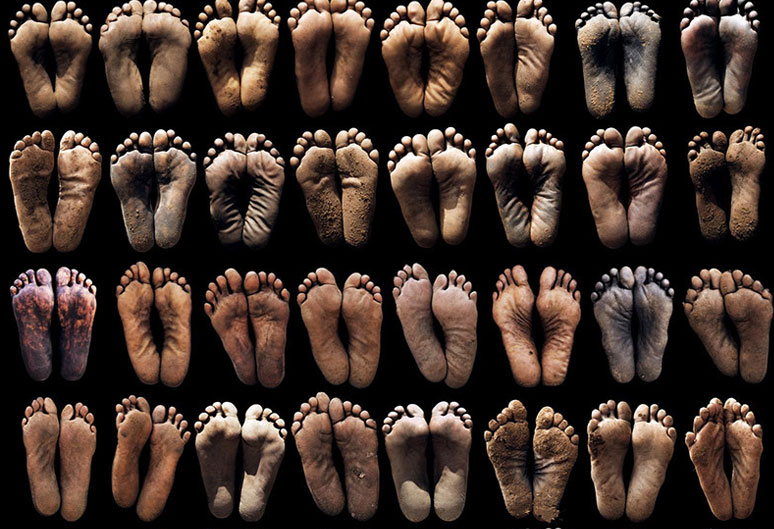
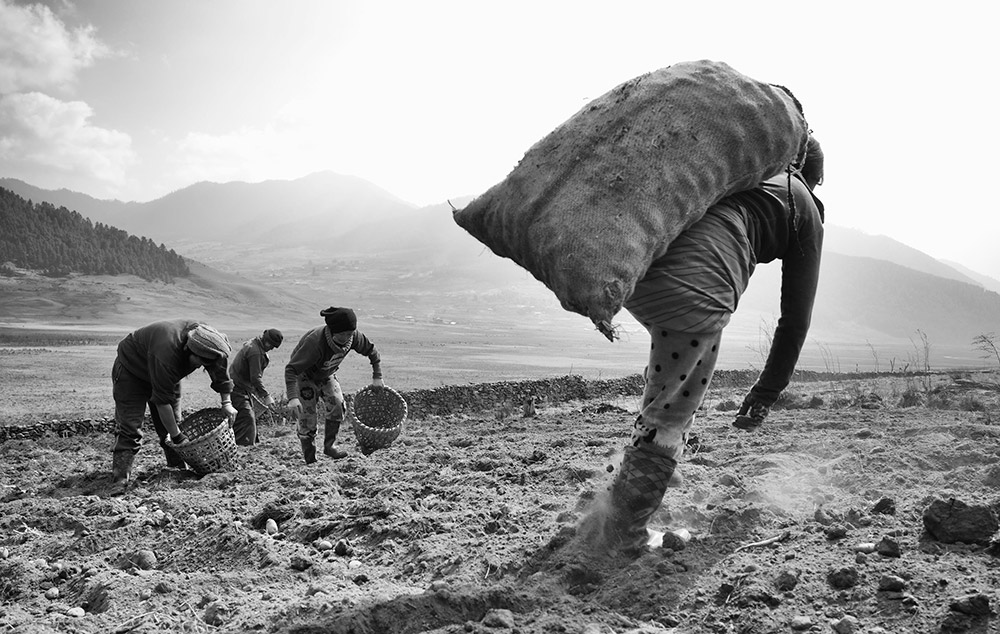
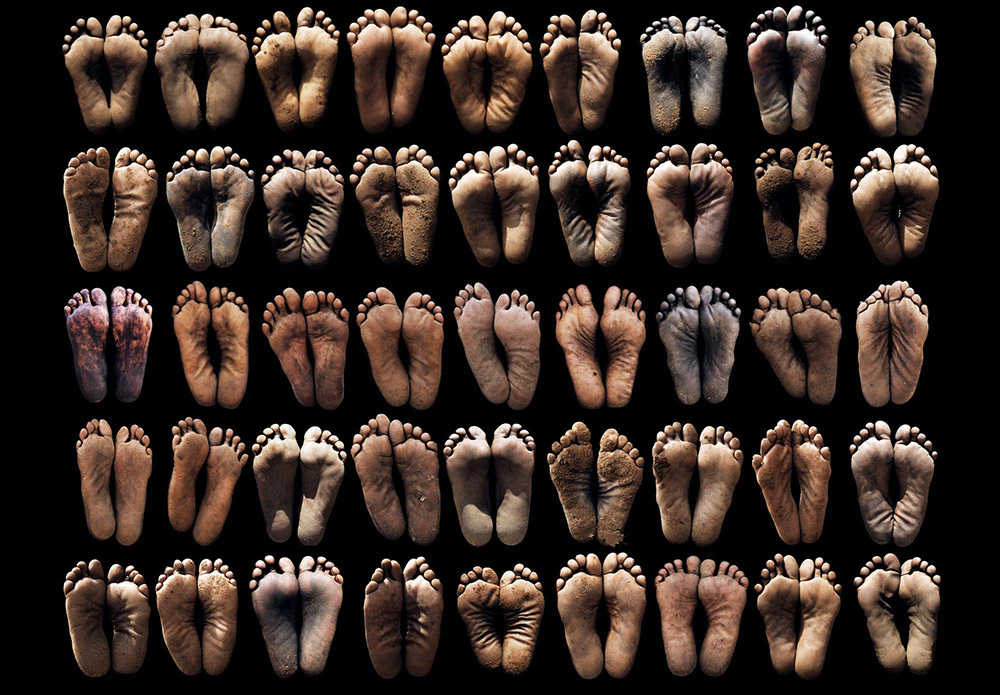
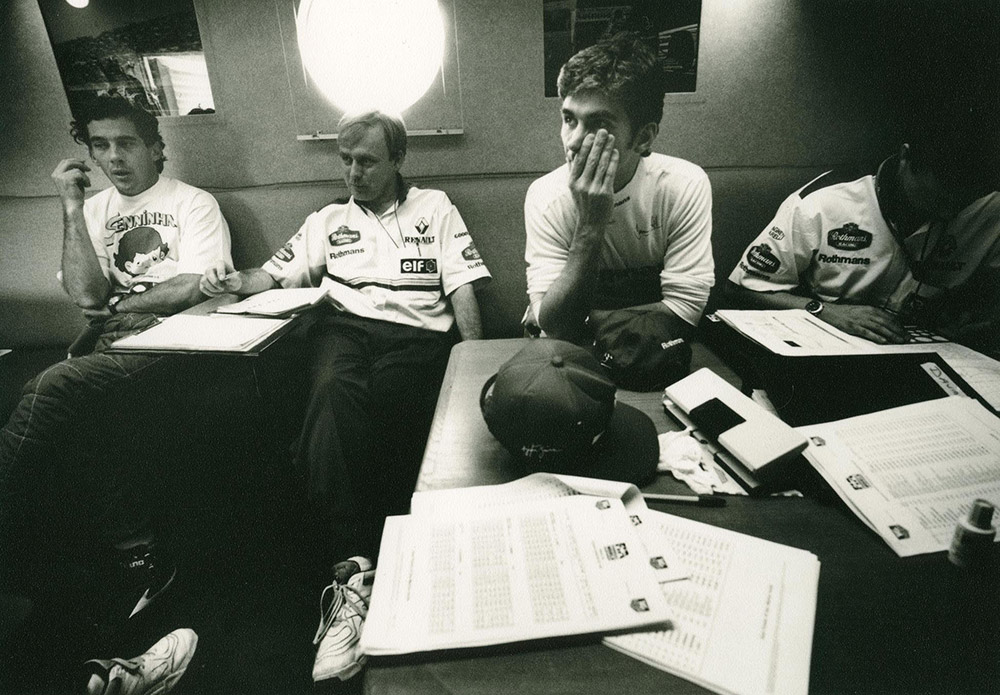
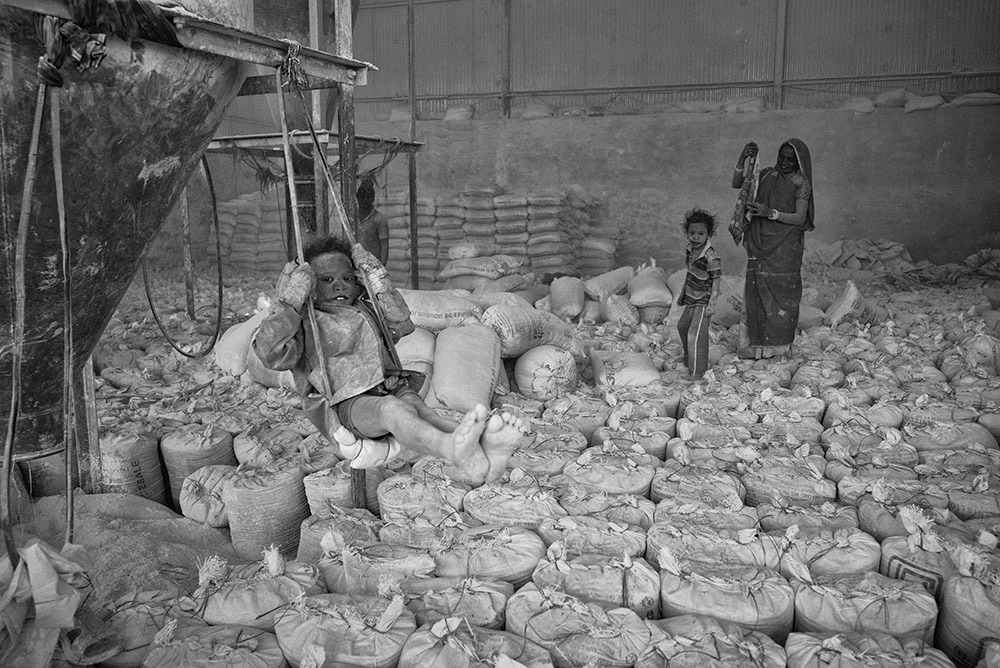
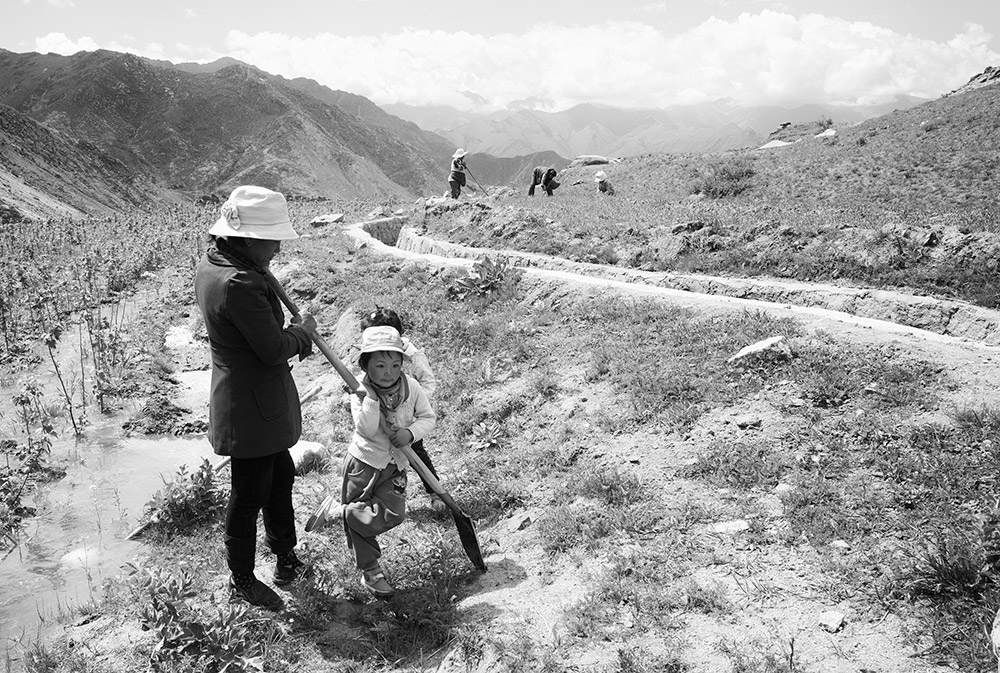
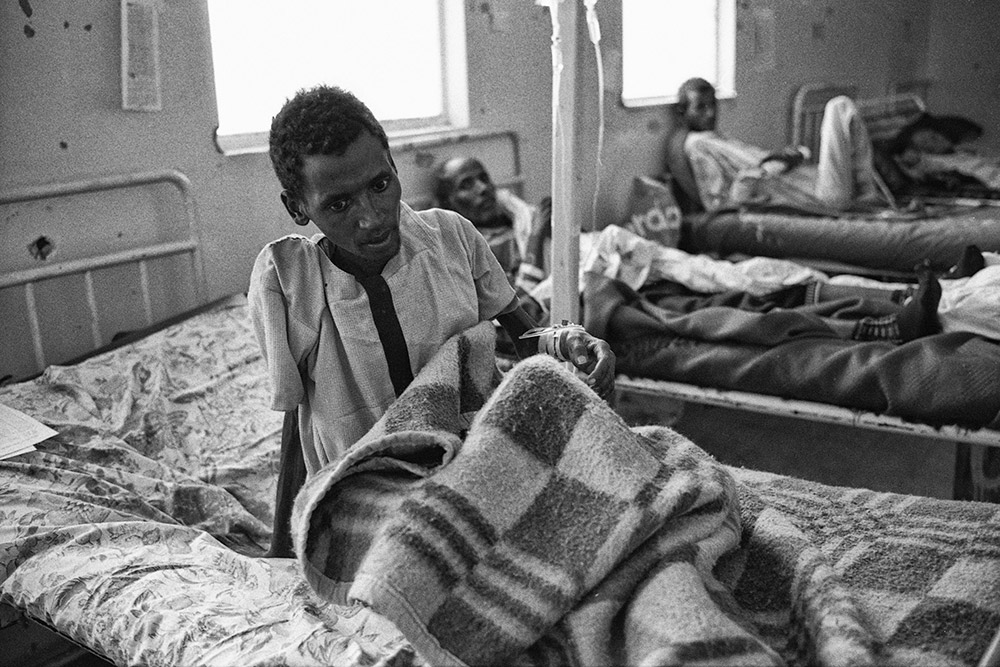
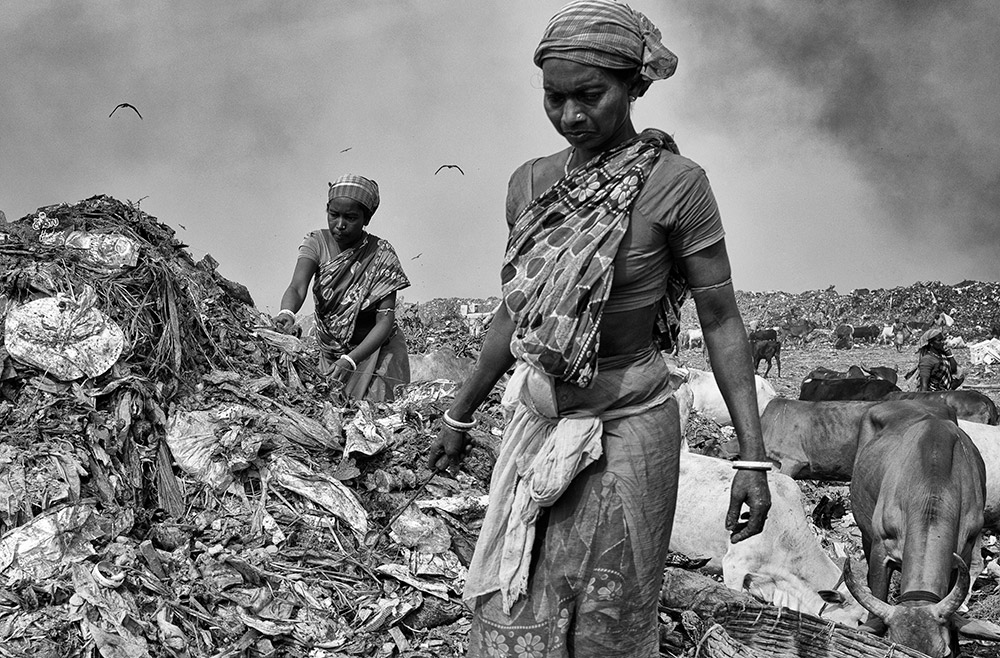
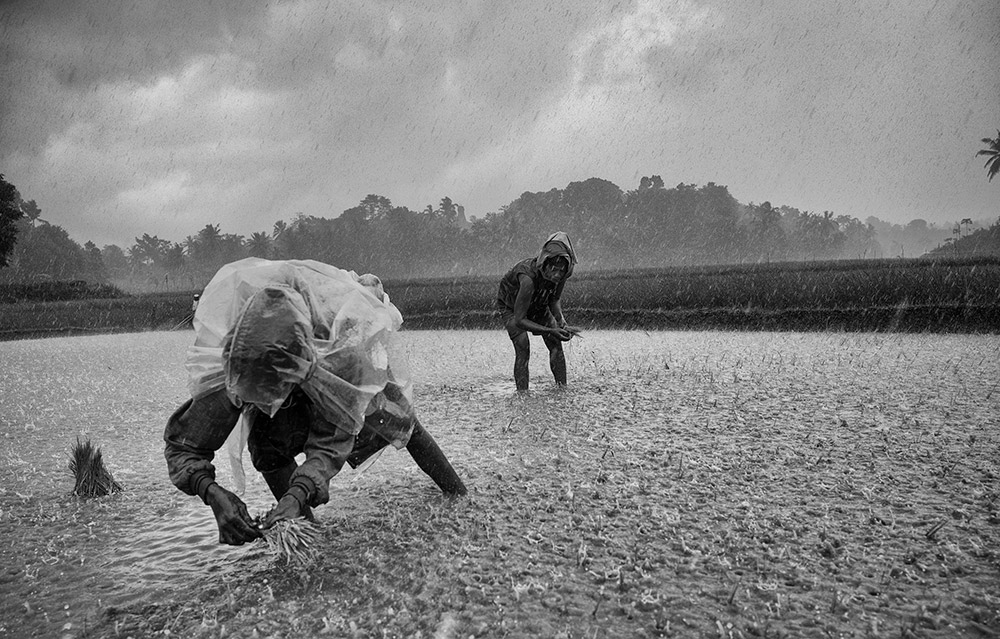
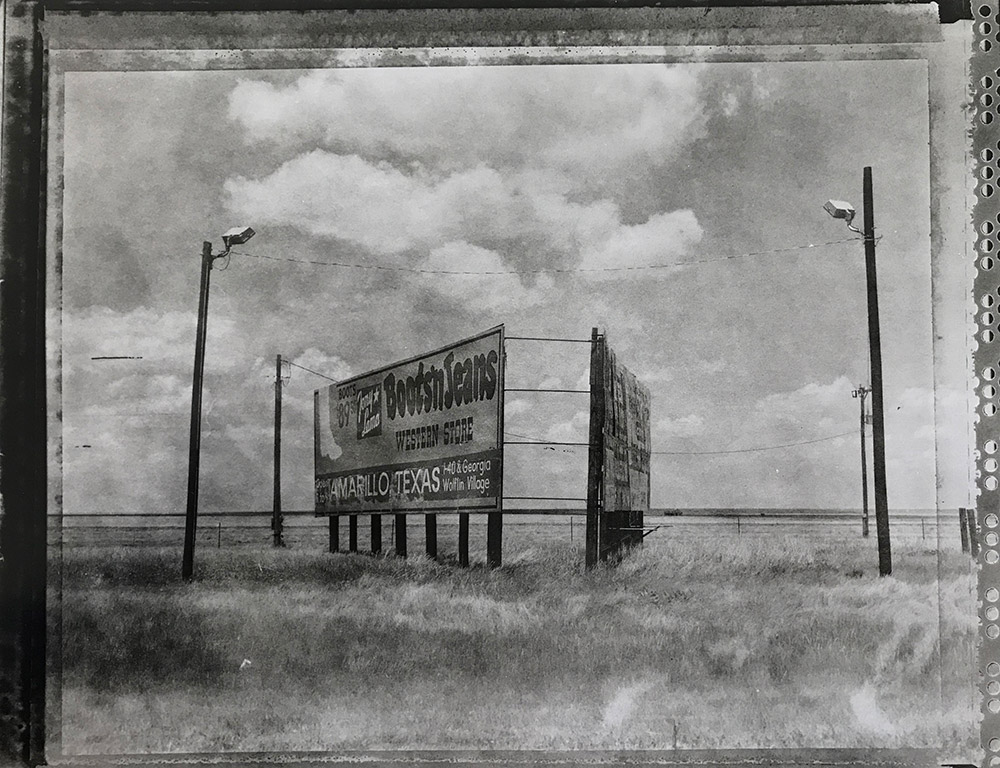
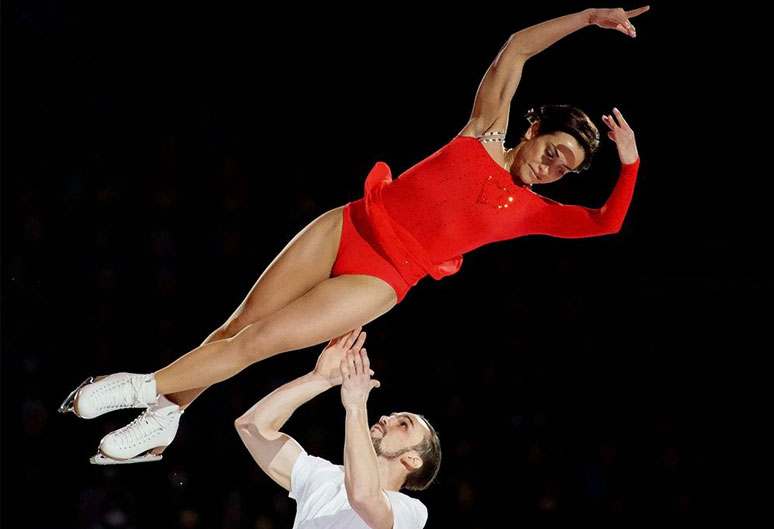
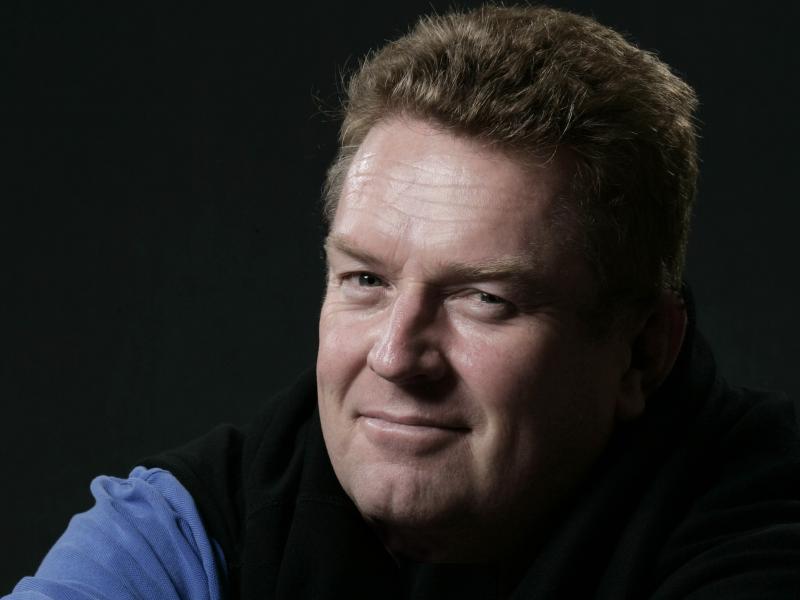 During the London 2012 Olympics he was appointed as Photo Chief. He was a consultant on photographic issues to the Rio 2016 Olympic organising committee and is currently consulting for the IOC looking at the Tokyo Olympics in 2020.
During the London 2012 Olympics he was appointed as Photo Chief. He was a consultant on photographic issues to the Rio 2016 Olympic organising committee and is currently consulting for the IOC looking at the Tokyo Olympics in 2020.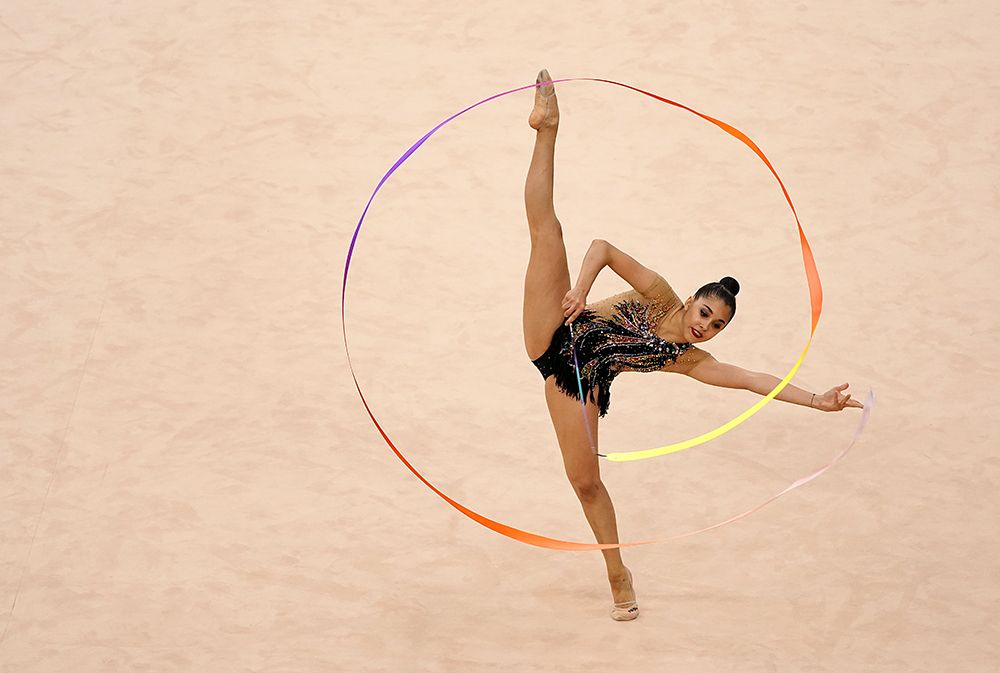
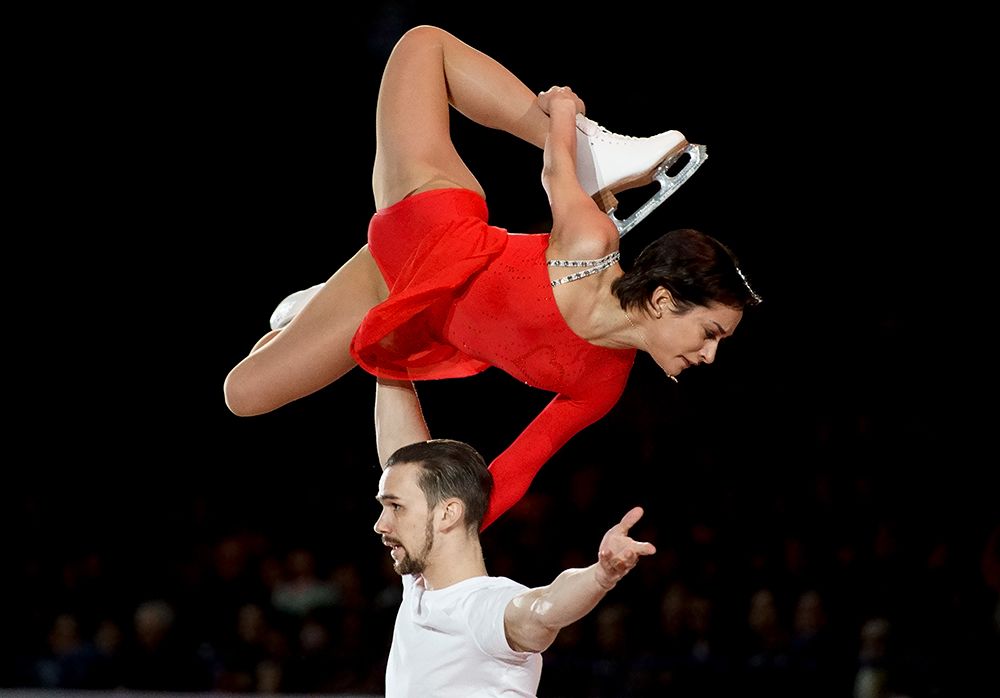
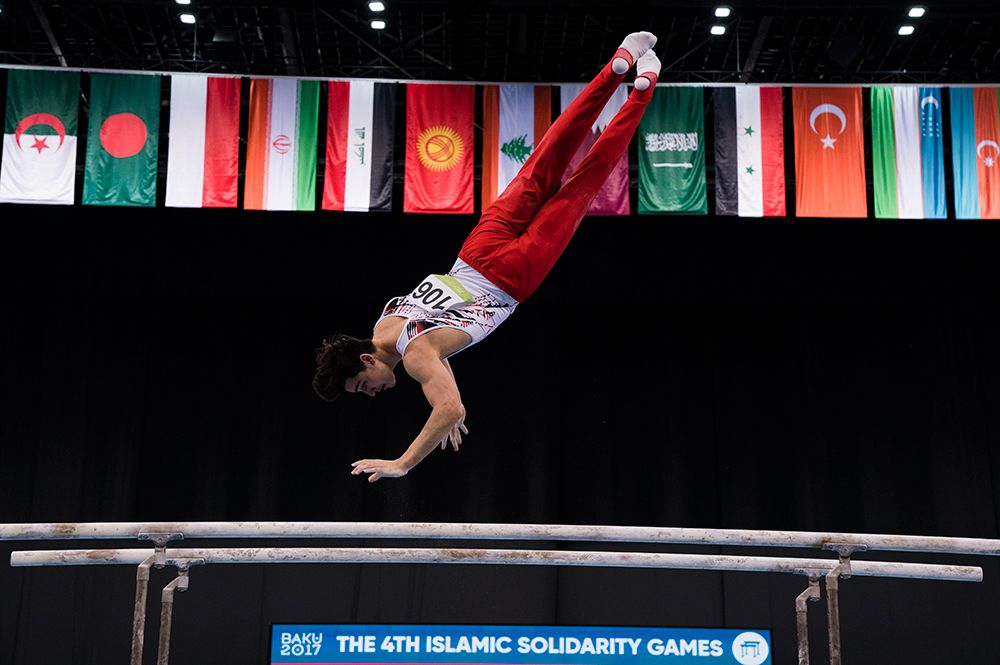
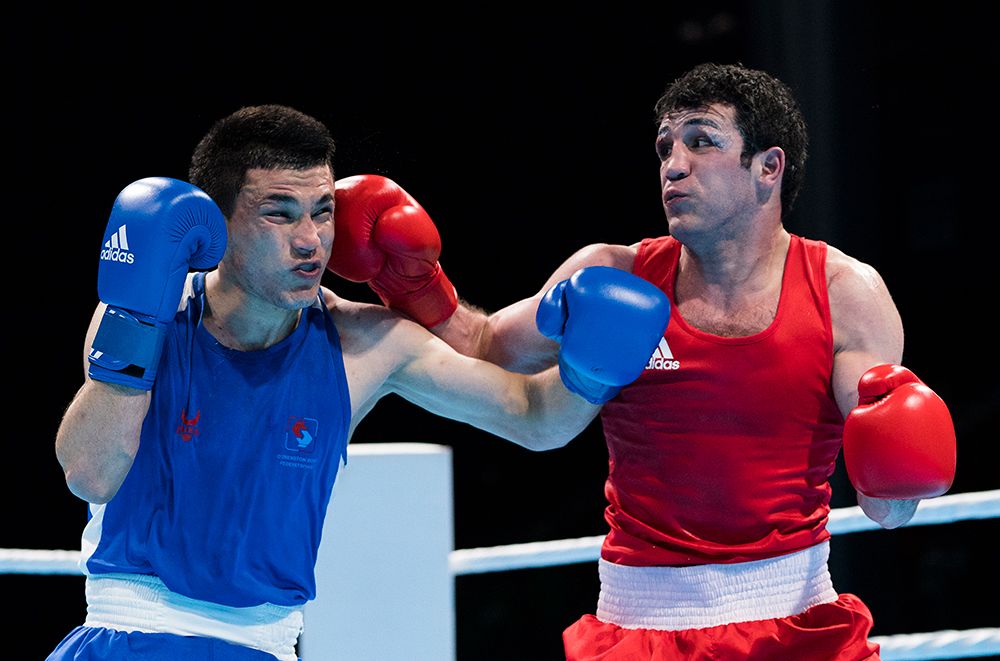
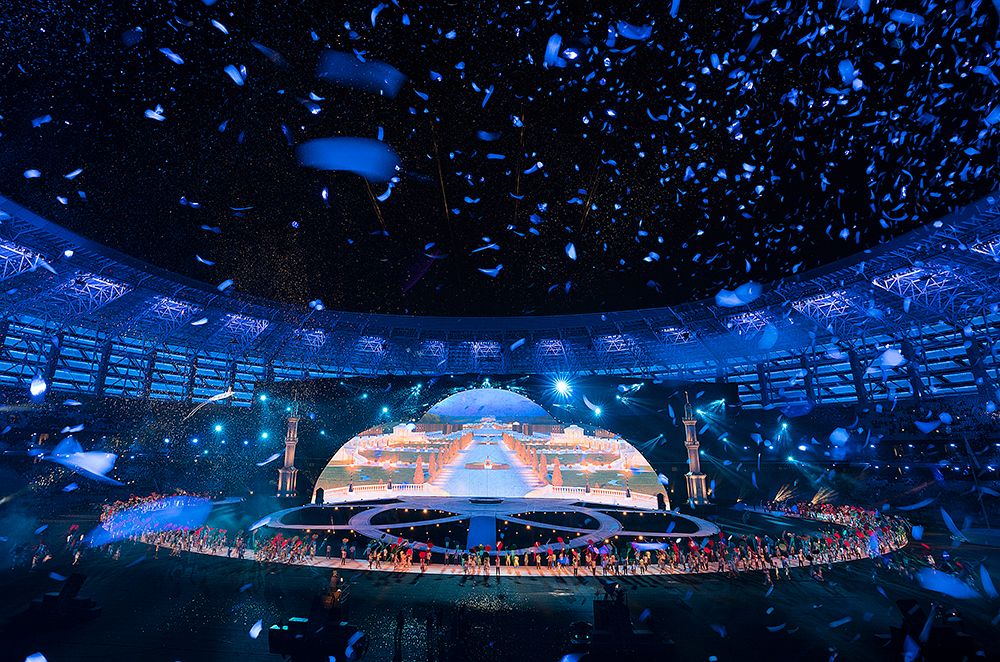
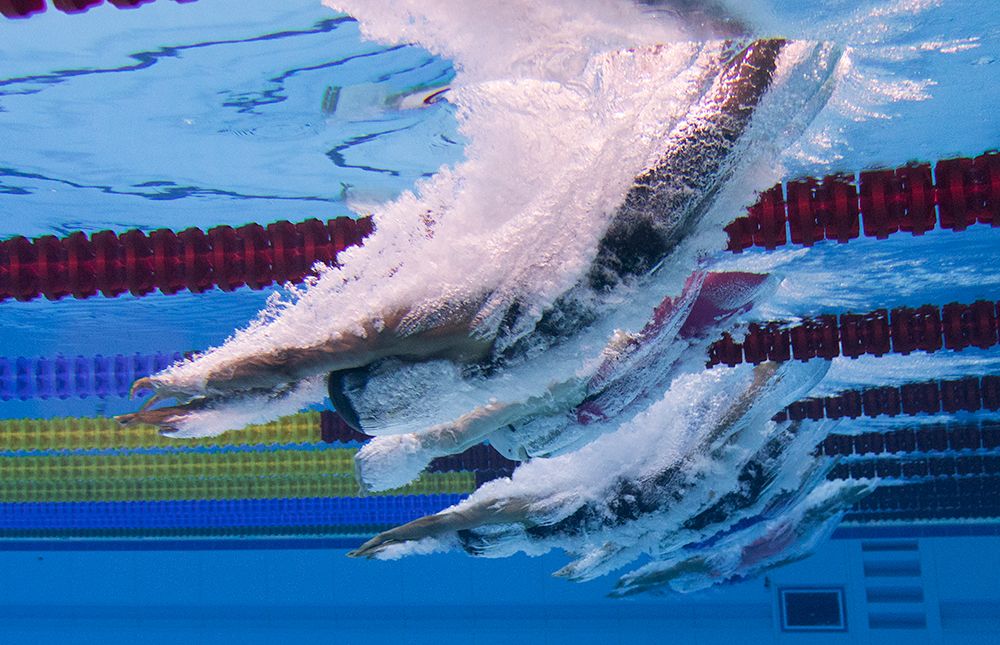
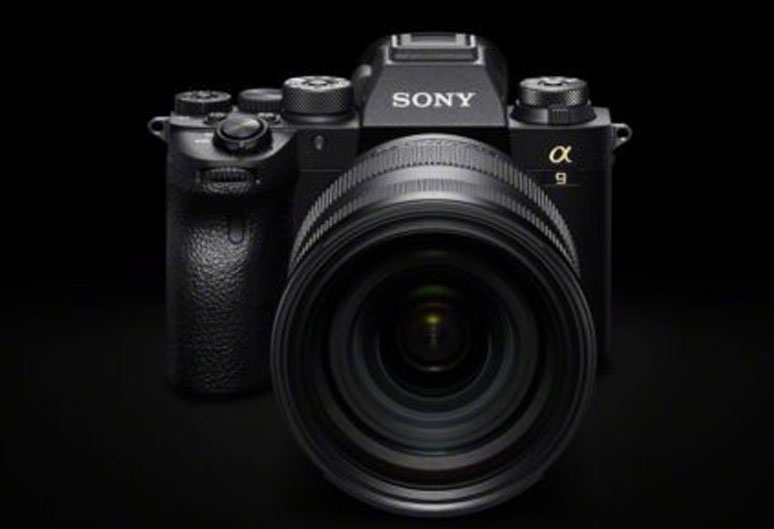
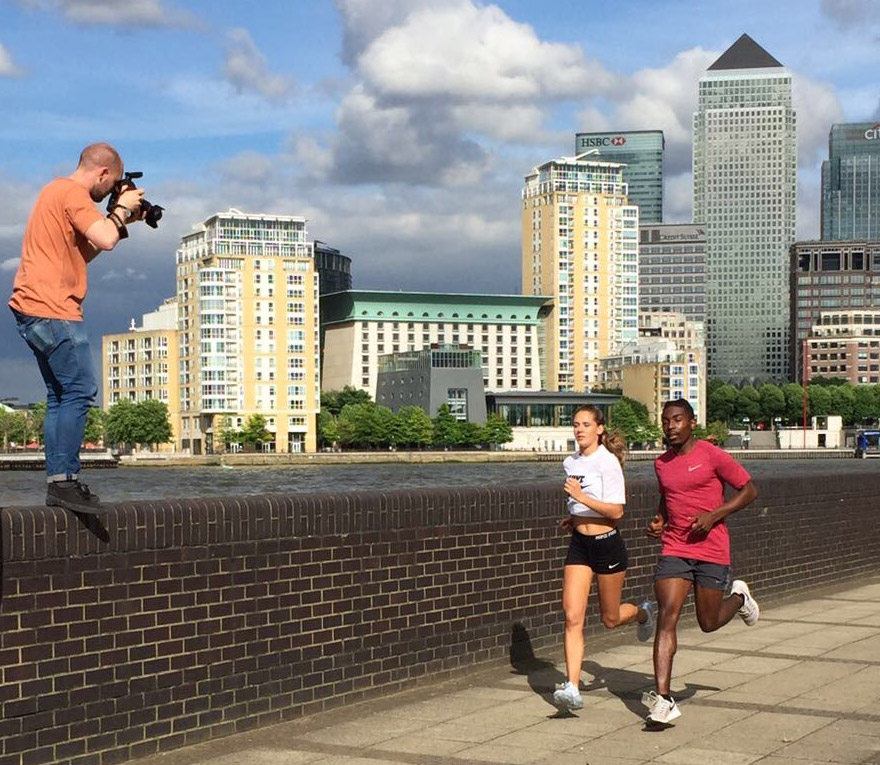 When Sony announced the A9 earlier this year, we approached Jack and asked him to try the camera alongside his usual Canons. As luck would have it, he was planning to shoot a couple of athletes for his latest fitness portfolio – something the A9 would be perfect for.
When Sony announced the A9 earlier this year, we approached Jack and asked him to try the camera alongside his usual Canons. As luck would have it, he was planning to shoot a couple of athletes for his latest fitness portfolio – something the A9 would be perfect for.